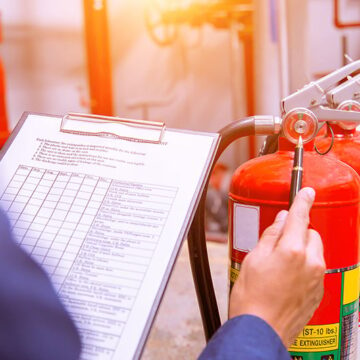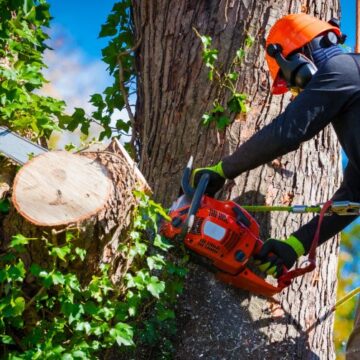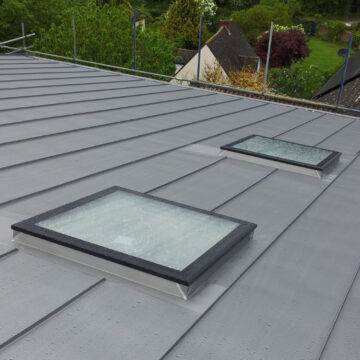For those who appreciate the grace of deer from afar but dread the havoc they wreak on their cherished gardens and landscapes, the need for a practical solution becomes evident. Installing a deer fence is the key to safeguarding your plants and property, but the effectiveness of this defense hinges on the timing of its installation. In this comprehensive guide, we provide invaluable seasonal timing insights for erecting a deer fence, allowing you to harness its full potential and keep your outdoor spaces thriving in peace.
Spring
Ideal for Preventing Early Damage Spring heralds the perfect opportunity for erecting a deer fence, especially if you aim to shield your garden and landscape from early-season destruction. In many regions, as winter recedes and the weather warms up, deer become increasingly active. Their search for tender vegetation makes your garden an enticing target, making early spring a strategic time for installation. As the plants are still dormant, this season offers a favorable window to set up the fence. To secure its effectiveness, make sure the fence is tightly fastened to the ground, preventing deer from sneaking underneath.
Summer
Protecting Growing Gardens For gardens and landscapes in full bloom during the early to mid-summer period, safeguarding your growing greens is paramount. By now, deer have typically adjusted to the fence’s presence, and the lush, green surroundings might prove irresistibly tempting. Regular fence maintenance to check for wear and tear is advisable, and you can also consider incorporating additional deterrents, such as motion-activated sprinklers and scent repellents, to strengthen your fence’s protective capabilities.
Fall
Preparing for the Rut Season As summer transitions into fall, deer enter the rutting season, characterized by increased activity, especially among bucks that become less wary of their surroundings. This heightened deer pressure can pose a threat to your garden and landscape. By installing a deer fence in late summer or early fall, you can better prepare for this period of heightened deer activity. Ensuring that the fence is robust and well-maintained to withstand the potential impact of rutting bucks is vital. Additionally, consider reinforcing the fence with extra deterrents to discourage deer during their most active season.
Winter
Off-Season Installation Although winter might not be the typical choice for deer fence installation, it can be a strategic decision if you want to get a head start on protection for the following year. Deer are generally less active in winter as they focus on conserving energy and foraging for food sources like woody shrubs and evergreens. Ensure that the ground is not frozen when installing the fence, as frozen soil can complicate the process. Be prepared for occasional snow removal around the fence to maintain its accessibility and effectiveness.
Additional Tips for Deer Fence Installation Irrespective of the season you choose, here are some overarching considerations to bear in mind during deer fence installation:
Choose the Right Fence Height: Deer can jump, so the height of your fence is pivotal. A fence that is at least 8 feet tall is often recommended for effectively deterring deer.
Secure the Fence Tightly: Gaps in fences can allow deer to crawl underneath. It’s imperative to anchor the fence securely to the ground, and you may consider burying a portion of it to prevent deer from slipping beneath.
Regularly Inspect and Maintain: After installation, regular inspections should be conducted to identify damage, tears, or areas needing repair. Swiftly addressing any issues is essential for maintaining the fence’s effectiveness.
Consider Visibility: Opt for a fence material that provides good visibility. Mesh or netting fences, while effective, allow you to see through them, preserving the aesthetics of your property.
Include Entry Points: If access to your garden or landscape is required, incorporate gates or entry points within the deer fence. These entry points should be secure and capable of tight closure when not in use.
Combine Deterrents: Deer fences are most effective when used in conjunction with other deterrents. Contemplate deploying motion-activated sprinklers, scent repellents, or noise-emitting devices to reinforce the fence’s efficacy.
Consult Local Regulations: Before installing a deer fence, verify local regulations and ordinances governing fence installation in your area. Ensure that your fence complies with any height or design restrictions.
Conclusion
Optimal timing for installing a deer fence is of utmost importance in protecting your garden and landscaping from deer-induced harm. Each season offers distinctive advantages for fence installation, depending on your specific requirements and local deer behavior. Whether you opt for spring to deter early-season damage or late summer to prepare for the rutting season, correct timing ensures that your deer fence stands ready to shield your property when it matters most. Furthermore, regular maintenance and the incorporation of additional deterrents can augment the fence’s efficiency, delivering year-round protection for your outdoor spaces.
















